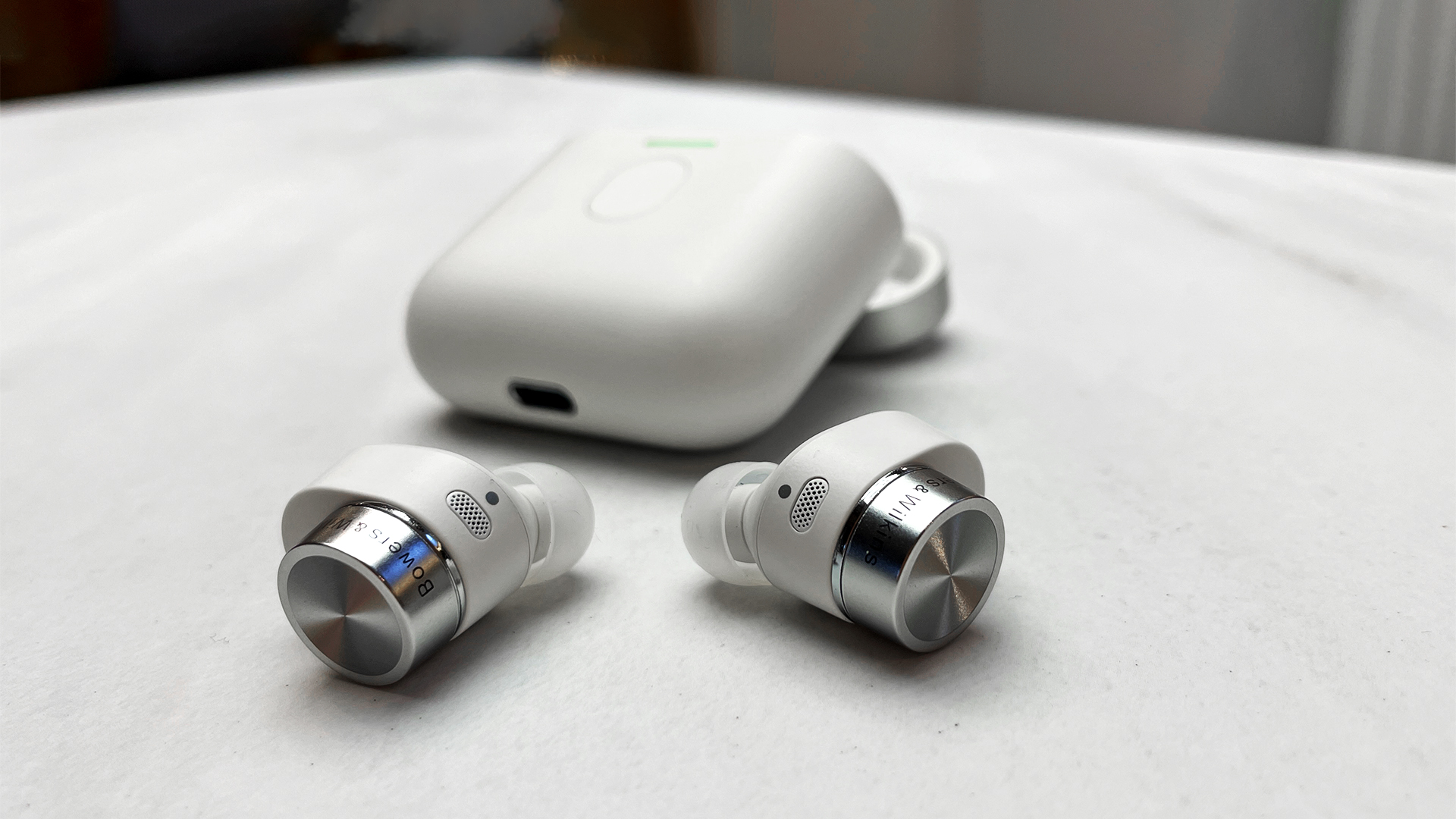
How do you decide the value-for-money of a product? That’s a question we ask ourselves every time we test a new product at What Hi-Fi?. Does the combination of audio performance, feature set and build quality all add up to an experience that’s worth shelling out a couple of hundreds (or thousands) of your hard-earned cash? Are these the features and level of sound quality we’d expect at this price? How can we recommend a high-end pair of earbuds when a perfectly great pair at a cheaper price exists?
These are questions we ask ourselves repeatedly over the course of testing Bowers & Wilkins’ Pi7 S2 premium wireless earbuds.
We reviewed the original B&W Pi7 two years ago and were impressed with their “wonderfully detailed and clear” sound. But connectivity issues, low battery life and ‘basic’ noise-cancelling left us wanting more, especially at the high asking price. Can the sequel deliver a more promising performance?
Price
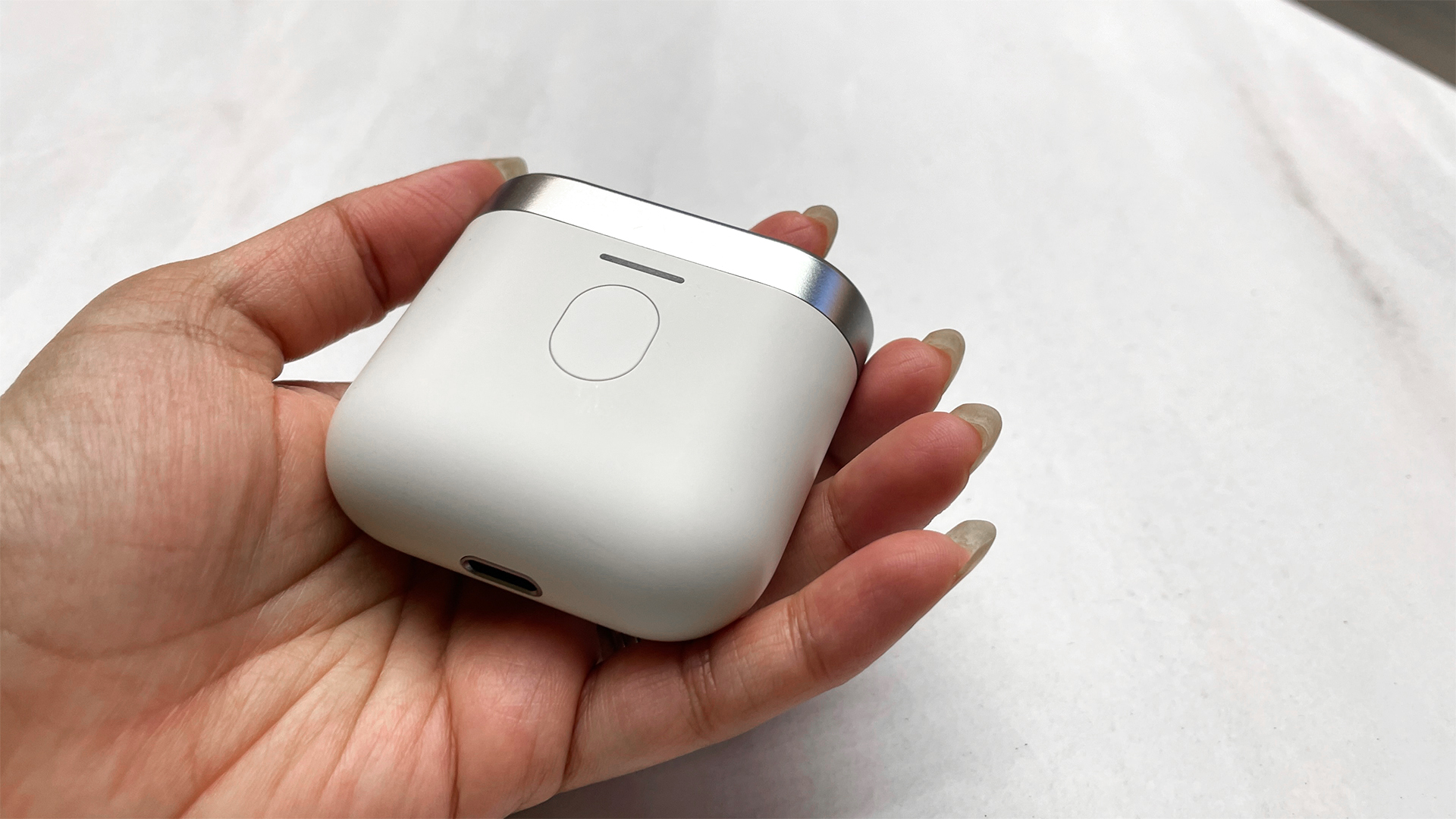
About that price. The new B&W Pi7 S2 earbuds cost £349 / $399 / AU$700. There’s no getting away from it: these are very expensive wireless earbuds. On balance, the UK and US prices are exactly the same as the original model from two years ago, which is no mean feat in today’s economic climate. Australian buyers will bemoan the jump from AU$599 to AU$700, though.
The Pi7 S2 are one of the most expensive true wireless earbuds we’ve tested, costing more than our current premium Award-winner, Bose QuietComfort Earbuds II (£280 / $299 / AU$429), and Apple’s flagship five-star AirPods Pro 2 (£249 / $249 / AU$399). We know there are similar pricey (if not pricier) models out there from the likes of Bang & Olufsen and Master & Dynamic, but it still feels steep from a brand that’s as close to mainstream as a hi-fi company can get.
Not least because the Pi7 S2 has some fierce competition from the likes of Bose, Apple and Sony, who have been class leaders across the board in this category.
Build

At least the Pi7 S2 earbuds’ build and design, while remaining the same as before, still exude the same level of high quality befitting the high price tag. The elliptical design returns, with a metallic circular protrusion that houses the buds’ drivers, capacitive touch controls and antenna. The buds are a tad on the large side and do stick out of your ears in a chic Cyberman kind of way, but they look more sleek than bulky.
They’ve had a fresh lick of paint, now available in canvas white (like our review sample), satin black or midnight blue. Each has a different metallic accent to suit the finish – it all looks very premium and classy. The matching charging case is similarly styled, but it can feel a tad too large next to the more compact, pocket-friendly designs we’ve seen recently from Apple, Sony and Samsung.
The fit of the buds, however, has divided opinions in our review team. The ‘twist and lock’ technique to securely lodge the buds in our ears was met with differing levels of success. Some of us on the review team found the larger size (each bud weighs 7g) tricky to lock into place and uncomfortable to wear after a few hours, while others had no problem getting them to fit and stay secure right from the start.
The Bose and Apple buds are lighter at around 6.2g and 5.4g respectively, and you can decidedly feel the weight of B&W’s buds leaving your lugholes when switching over to the feather-light AirPods Pro 2. You get three pairs of eartip sizes in the box; we would’ve liked some additional options to try.
On the plus side, having the touch capacitive panel on the outer pad of the earbuds means that playback isn’t affected by accidental swipes when adjusting the buds, your hair or spectacles. The controls are easy to use and responsive when pausing, playing and skipping songs, and changing noise-cancelling modes.
Features

It might seem like not much has changed from the outside, but where Bowers & Wilkins has made some crucial changes are within. Our biggest complaint with the first-gen pair was the recurring audio drop-outs. Happily, that issue has been fixed in the S2 model.
B&W says it re-engineered the caps at the end of the earbuds to improve the antenna performance. They now use “a new endcap material that is more transparent to Bluetooth signals”. This results in stronger Bluetooth signal strength, “enhanced wireless stability” and a longer 25m range. And sure enough, we found Bluetooth streaming (and pairing) completely smooth and uninterrupted during our weeks of listening to the Pi7 S2 buds.
We only encountered one odd quirk, where the connection between the buds dips out for a split second when passing through a Sainsbury's near our office. But we couldn’t repeat this singular issue with any other store or branch, and the rest of our listening experience was blissfully uneventful.
Another change made in the new Pi7 S2 is longer battery life. You now get five hours of charge in the earbuds with the ANC off (upped from the previous model’s meagre four), with the charging case offering an extra 16 hours, resulting in 21 hours total. It’s a step in the right direction and we didn’t find ourselves constantly needing to recharge the buds. It’s still not quite class-leading at this price point, though, with the AirPods Pro offering six hours in the earbuds and 30 in total; the Sony WF-1000XM4 eight and 24 in total.
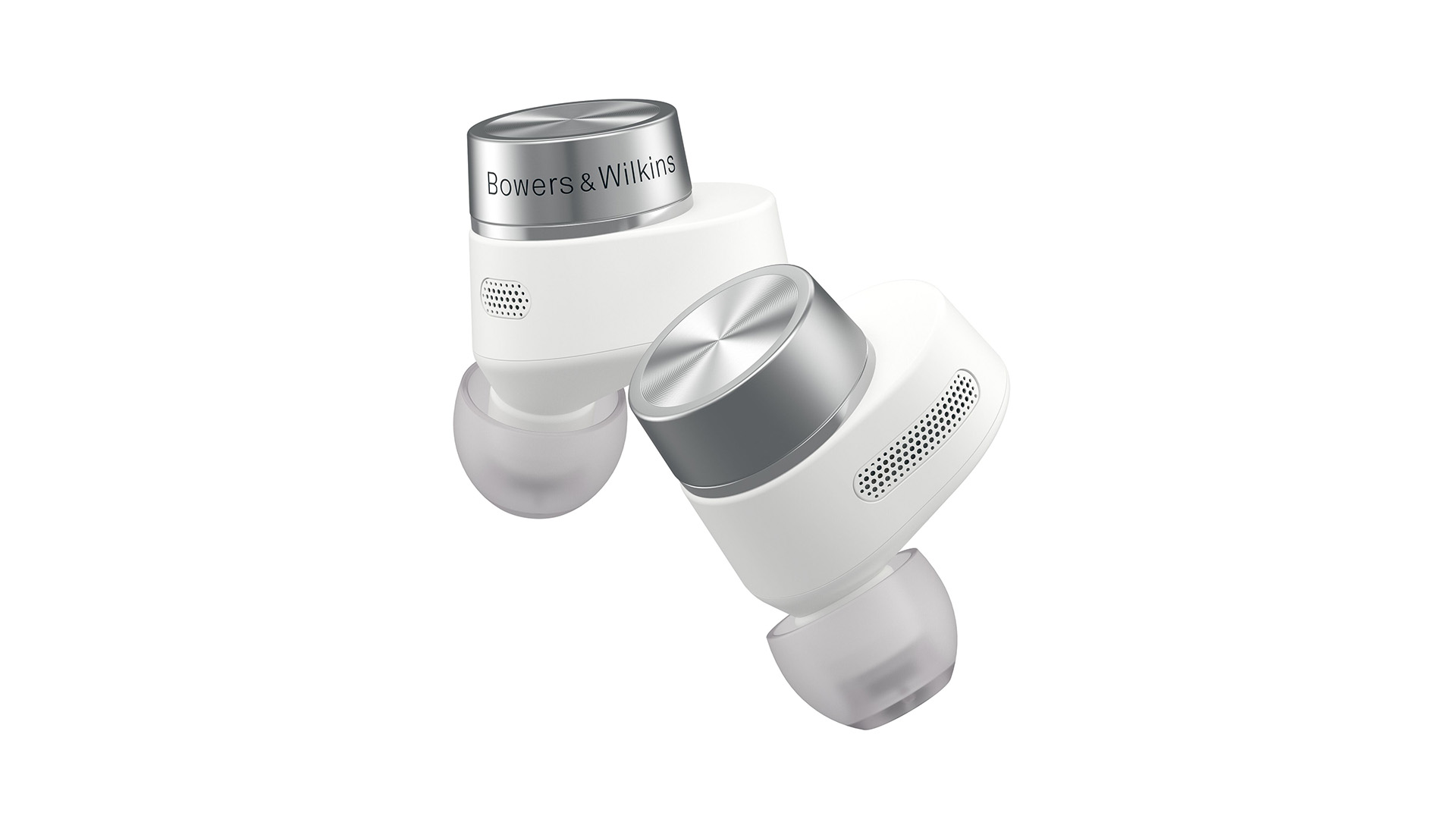
Type True wireless earbuds
Bluetooth? Yes, 5.0
Codec support SBC, AAC, aptX HD, aptX Adaptive
ANC? Yes
Transparency mode? Yes
Spatial audio? No
Battery life 5 hours (earbuds, ANC off), 16 hours (from charging case)
Finishes x3 (satin black, canvas white, midnight blue)
Earbuds weight 7g (per earbud)
Charging case weight 47g
We are mollified somewhat by a returning party trick: the charging case doubles up as a wireless audio re-transmitter. This means you can connect the case (using the supplied USB-C to 3.5mm or USB-C cable) to a source that doesn’t support Bluetooth streaming, such as an in-flight entertainment system, and it will play audio through the wireless buds. Neat.
The earbuds also support 24-bit hi-res audio from compatible sources. Bluetooth 5.0 is on board, along with the aptX Adaptive and aptX HD codecs that support up to 24-bit/48kHz resolution streams.
Meanwhile, the updated B&W Music app is more useful and feature-packed than when we tested the original Pi7 buds. The nicely laid out app lets you connect and play from music streaming services like Tidal, Qobuz, Deezer (but not Apple Music or Amazon Music Unlimited) and TuneIn internet radio directly from the app. You can also check battery levels, select ANC modes (more on that in the next section) and tweak other connectivity settings.
There are still some glaring omissions, especially when considering that premium price tag. There’s still no way of changing the volume on the buds themselves, meaning you have to fish out your smartphone or ask a voice assistant every time you want to adjust the volume level. Despite the IP54 water-resistant rating, the buds aren’t exactly designed for sporty, active use – so it’s not the biggest dealbreaker. Still, considering cheaper buds have this feature, it feels remiss of B&W not to find a way of incorporating it into this high-end pair. Also absent once again are any EQ settings to tweak the buds’ tonality.
In the original Pi7 review, we noted: “Bowers & Wilkins says these features could be added as expansions in the future, based on customer feedback, so we’ll be first in line to say that volume control would be especially useful.” It seems we didn’t say it loud enough.
We also would’ve liked the ability to customise the control features on each bud, but these are fixed. For instance, the left bud changes the ANC modes (auto and off), while the right bud summons voice assistants. Again, not a dealbreaker, it just would have been nice to see these extra flourishes in a premium pair.
ANC & call quality
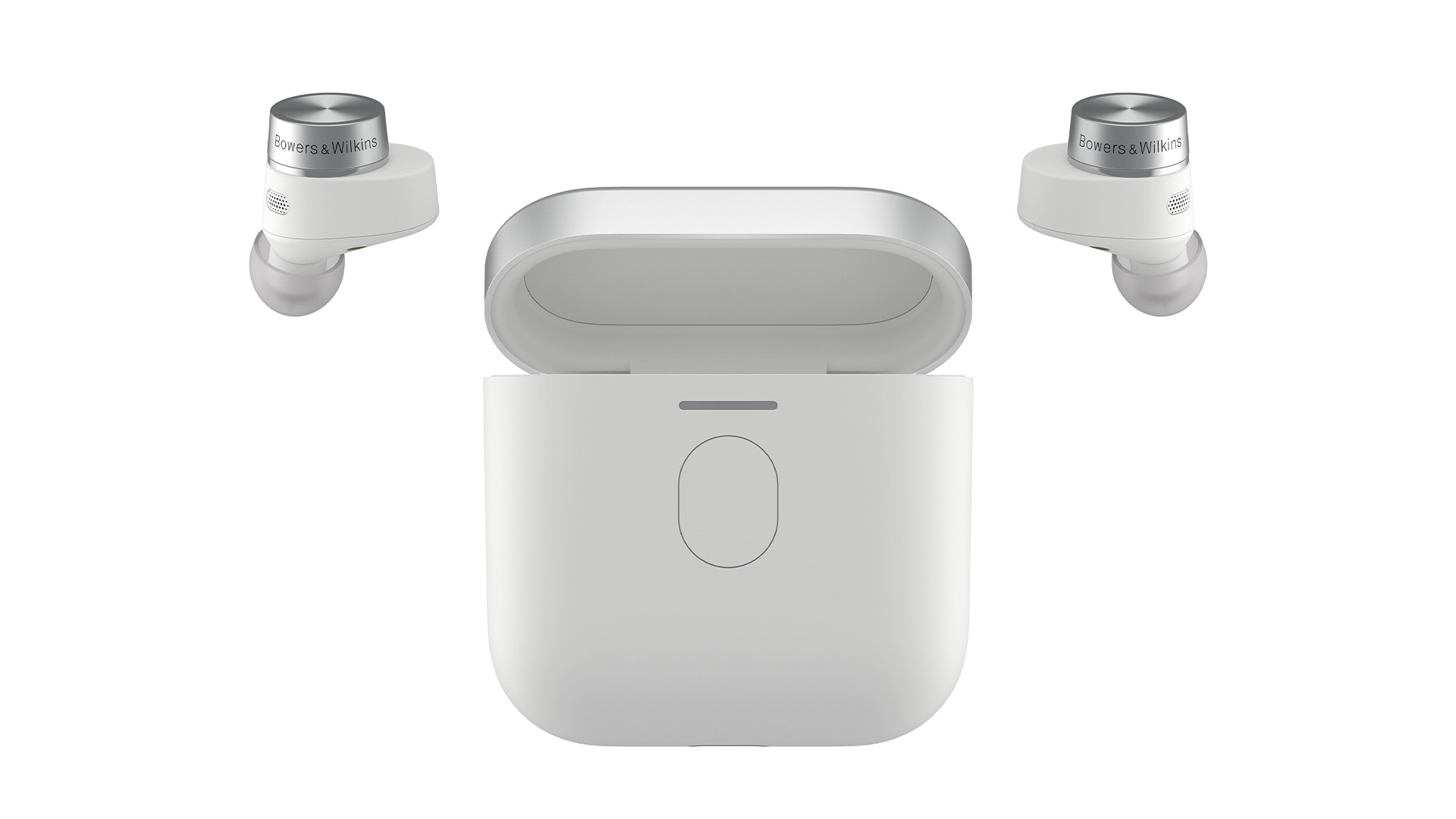
Of course, the number of features themselves isn’t the deciding factor in how good a pair of earbuds are; the quality of the features is what matters more.
The Pi7 S2 has six mics (three in each bud) that assist with the active noise-cancelling (ANC) and call quality. There are three noise-cancelling modes: off, auto and full. In auto mode, the adaptive ANC technology monitors your surroundings using the mics and adjusts the level of ANC according to how noisy your surroundings are.
The quality of noise-cancelling is good, not excellent. A decent level of surrounding noise is dampened, but it isn’t anywhere near as convincing as the advanced ANC you get on the terrific Bose and Apple rivals. The low rumble of train engines still comes through too loudly compared with the class leaders, and there isn’t a sense of being cocooned in silence when you’re in full ANC mode. The adaptive technology works well enough when passing through various environments (a quiet house, a busy street, background chatter in the office) – but the effect simply isn’t as nuanced as with the others. It’s a vague brushing-over rather than a firm sound eliminator.
A transparency slider is your only customisation and, to be fair to B&W, this does work very well. The amount of outside noise fed in is very obvious (or not) and it’s easy to pick your preferred transparency on the sliding scale. You can also toggle this “Passthrough” mode on and off at any time in the app, but not through the buds.
Call quality is a high point: voices come through clearly and distinctly on either side of a phone or video call. You can also summon Siri or Google voice assistants to control playback and they respond to our voice swiftly.
Sound

Inside the Pi7 S2 earbuds are two-way drivers: a 9.2mm custom dynamic driver with a high-frequency balanced armature, each powered by its own amp. A quick question to B&W confirms that these are exactly the same drivers and arrangement as the previous model, with no change to sound quality at all in the new S2 model.
We’re surprised by this news. While we praised the original Pi7’s clear, detailed and transparent sound quality, the progress made by newer models such as the Bose QC Earbuds II and AirPods Pro 2 in the two years since has been astonishing. And it spells trouble for the Pi7 S2.
Those two new Bose and Apple buds have since surpassed the 2020 Award-winning Sennheiser Momentum True Wireless 2 buds that the original Pi7 went up against. We said at the time that the sound alone was “easily five-star”, but that’s sadly no longer the case.
All the elements that we liked remain in the Pi7 S2: crystal clear detail, a neutral presentation and the amount of space around instruments and voices. In fact, the sense of openness is very pleasing throughout our time listening to B&W’s earbuds.
We stream Tchaikovsky’s Swan Lake Suite Op. 20 and the opening clarinet solo glides through, with the strings and rest of the orchestra making full use of the B&Ws’ ample spaciousness. Agnes Obel’s intimate vocals on Fuel To Fire are relayed with breathy nuance and the kind of clarity and immediacy that demands your attention.
Play the same tracks through the Bose or Apple flagships, however, and there’s simply more. There’s more variation in the texture of Obel’s voice, with more depth and even more nuance eked out. It simply sounds more natural. The timing is handled with greater authority and verve, too. The AirPods Pro 2 deliver the stop and start of piano notes with more confidence and precision in Fuel To Fire. The clarinet in Swan Lake now tugs at our emotions more keenly, while there are richer, clearer layers of detail to each instrument. The tactility of bows against violin or cello strings, of fingers plucking at guitar strings, the solidity of a bassline – the sound is simply more accomplished through the Bose than the Pi7 S2.
We mentioned we’d like more dynamic excitement from the B&W earbuds before, and that once again is the case. The Apple and Bose earbuds drive the rhythm of a song in a more propulsive manner, keeping our toes tapping as we listen to Lizzo, Wet Leg and Dr Dre. The Pi7 S2, meanwhile, seem somewhat reticent to let their metaphorical hair down. You get a bit more energy when pushing the volume level up higher, although this in turn exacerbates a slight hardness in the treble that’s difficult to shake off.
Verdict
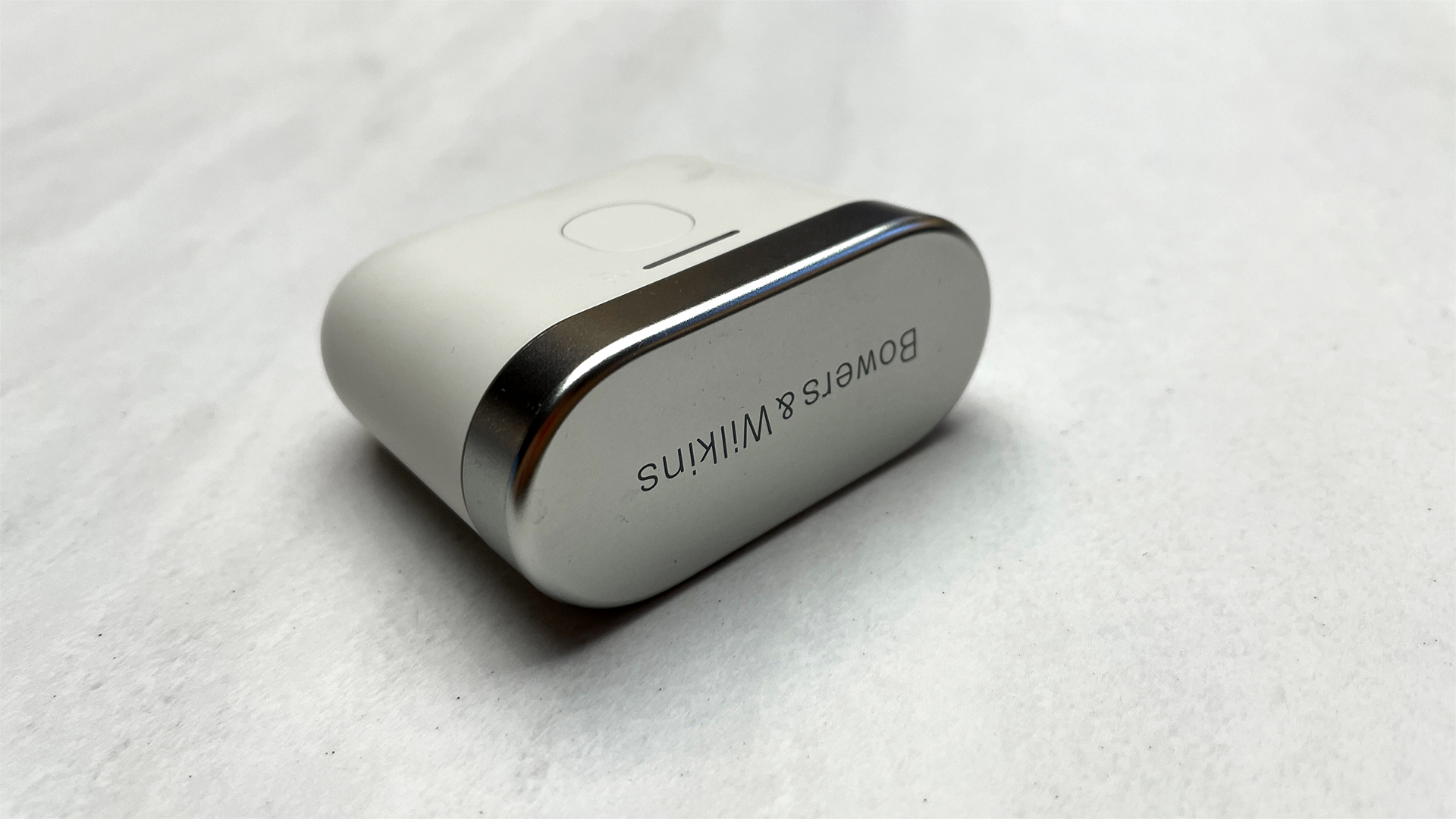
We think it’s hubristic of Bowers & Wilkins to rest on its audio laurels and not expect rivals to catch up in the intervening years. And we keep coming back to the high price of these earbuds. If the Pi7 S2 were billed at the £200 / $250 mark we’d perhaps have been more forgiving. At £350 / $400, these premium buds really needed to blow away the competition set at this high standard in every aspect, from the spread of features and the effectiveness of ANC to the all-important sound quality. But they don’t.
There are lovely flourishes and ideas in the Pi7 S2’s design, which makes it all the more disappointing that B&W hasn’t felt the need to push itself even further. We’d have no problem recommending such an expensive pair of wireless earbuds if they delivered an absolute, no-contest, level of audio performance that is above the rest of the competition. But these earbuds don’t, and we can’t justify spending the extra premium over the current leaders.
SCORES
- Sound 3
- Features 3
- Build 4
MORE:
Read our Bose QuietComfort Earbuds II review
And our Apple AirPods Pro 2 review
Our pick of the best noise-cancelling earbuds we've tested







